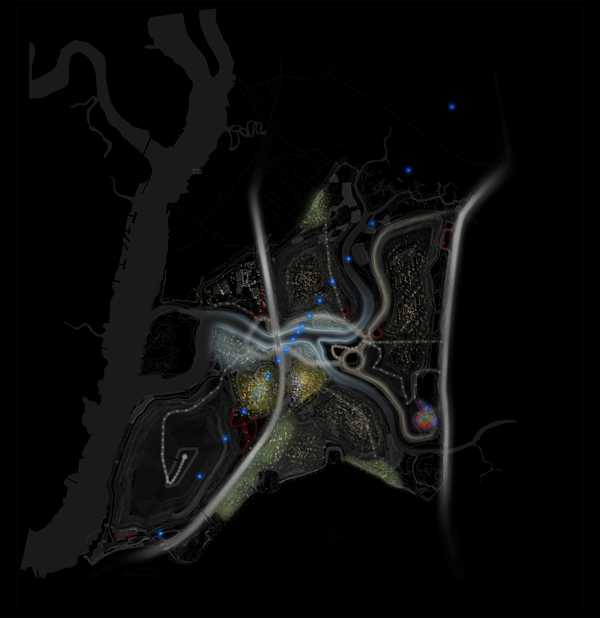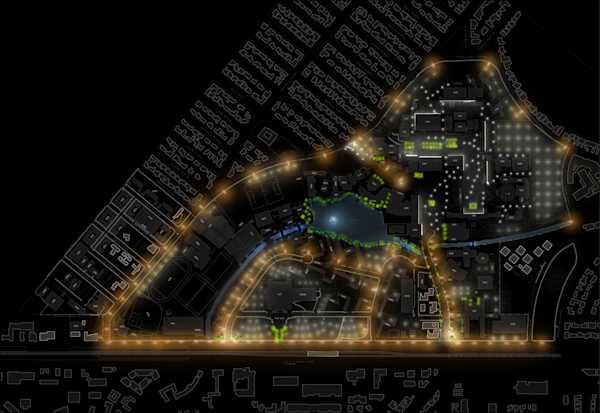The Atlanta Botanical Garden (ABG) is a 30-acre garden in midtown Atlanta, Georgia, where renowned plant collections, beautiful displays, and spectacular exhibitions make it one of the best places in the city to experience and appreciate nature. ABG's mission emphasizes horticulture, education, enrichment, and conservation.
In 2022, ABG selected Hoerr Schaudt to lead the landscape design of its new 8.8-acre master plan garden expansion project.
The new garden envisions creating dramatic and unique water expressions and horticultural experiences as a series of grand garden rooms that are terraced into the landscape. These iconic spaces aim to embrace the substantial topography on site and will create innovative water experiences that celebrate the botanical garden character. Included in this is a grand sloping water labyrinth and amphitheater embedded in a sunken garden, a walled display garden encompassed by a braided water channel, and an expansive lower terraced water garden with integrated bridges, cenotes, and planted islands. The intersections between these three primary garden rooms also create some of the most unique and iconic experiences in the garden, including a 14-foot ring waterfall, cavern, and series of terraced waterfalls.
These spaces are framed by woodland edges, inscribed by smaller water garden rooms, including a mirrored water table, a grotto, and a whimsical woodland garden with laminar jumping water jets and topiary planting. The garden is bounded by a proposed jewel-box Orangerie (uphill) and a visitor's center, restaurant, and beer garden along the Atlanta BeltLine edge. The botanical garden will also be activated along the BeltLine with public amenities, including display gardens, a bike and pedestrian hub, and an entry plaza for programming and events.
The new garden will be constructed on a newly acquired parcel of land along Piedmont Avenue and the Atlanta BeltLine. Once completed, the botanical garden will connect to the BeltLine and adjacent neighborhoods, making it the first cultural institution to be directly accessible from the popular 22-mile loop.
The project is anticipated to be completed in 2026.






